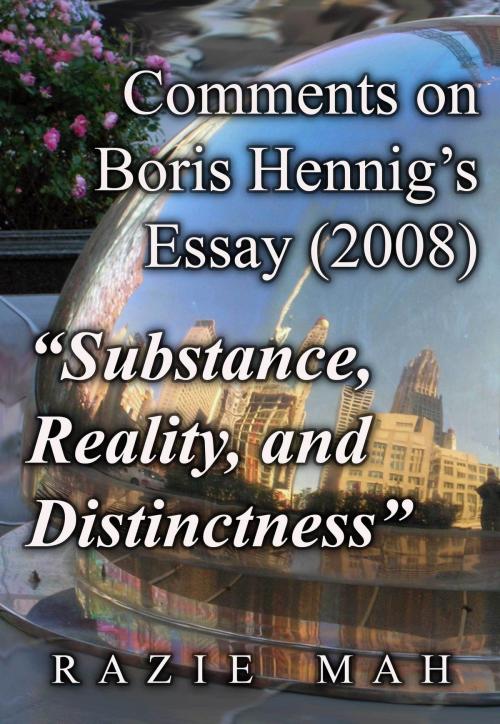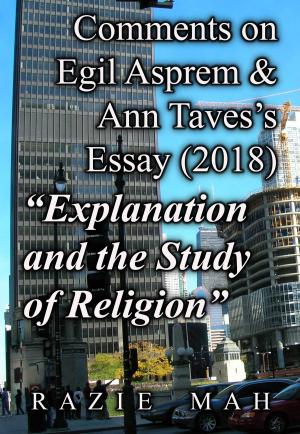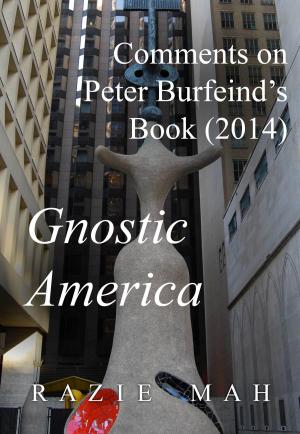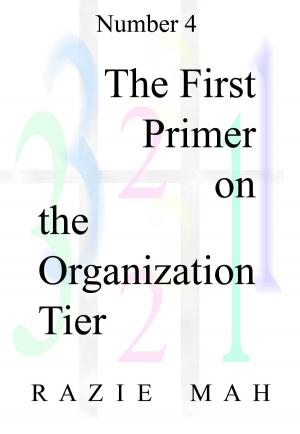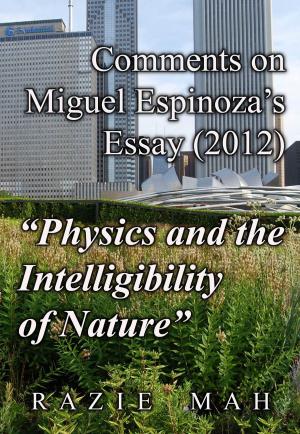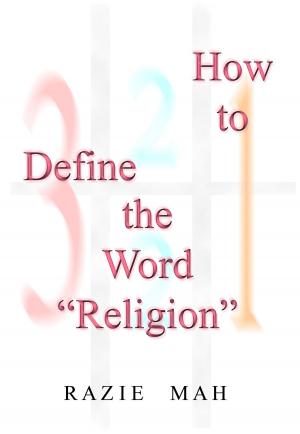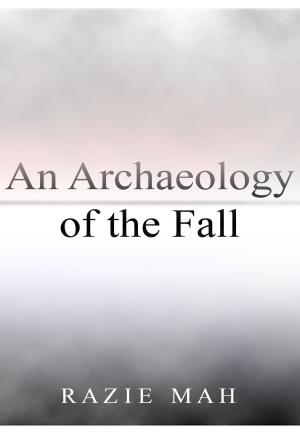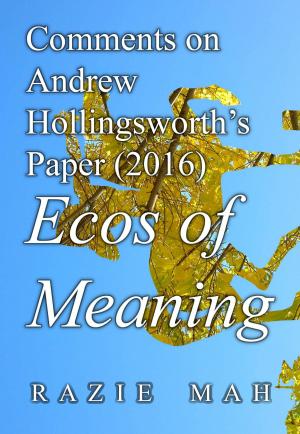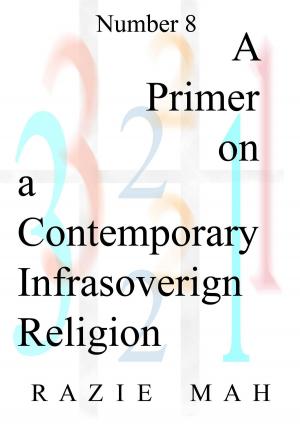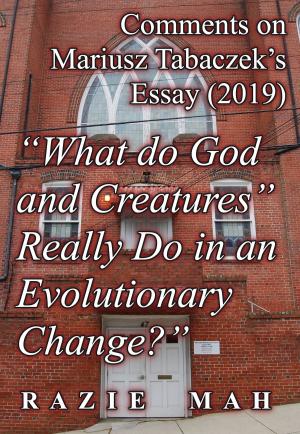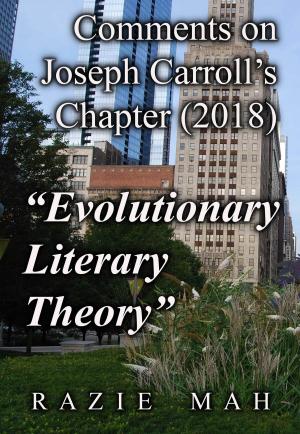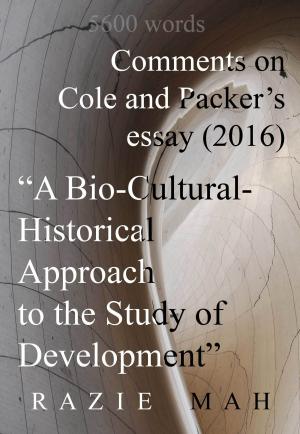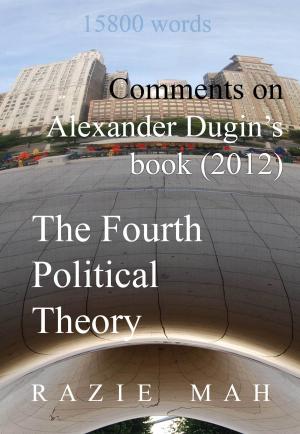Comments on Boris Hennig's Essay (2008) "Substance, Reality and Distinctness"
Nonfiction, Religion & Spirituality, Philosophy, Religious| Author: | Razie Mah | ISBN: | 9781942824558 |
| Publisher: | Razie Mah | Publication: | September 2, 2018 |
| Imprint: | Smashwords Edition | Language: | English |
| Author: | Razie Mah |
| ISBN: | 9781942824558 |
| Publisher: | Razie Mah |
| Publication: | September 2, 2018 |
| Imprint: | Smashwords Edition |
| Language: | English |
Boris Hennig's essay, "Substance, Reality and Distinctness", appears in Prolegomena (volume 7(1), pages 5-20). His focus is on Rene Descartes.
Descartes (1596-1650) stands at the dawn of the Age of Ideas. The Age of Ideas encompasses the period from the mechanical philosophers to the time of Hennig's writing. Today (2018), stands at the sunset of the Age of Ideas and the dawn of the Age of Semiotics.
The coming age starts when Charles Peirce re-discovers the categorical nature of existence, including signs. His definition of signs corresponds to the formula arrived at by the Baroque scholastic, John Poinsot, a contemporary of Descartes.
But that is not all.
Descartes inaugurated the Age of Ideas by re-casting words, sort of familiar to the educated person of the day, but also, sort of vague. This is the main reason why Hennig's article attracts interest. Inadvertently, Hennig brings to light how Descartes changed the language, so to speak. His work is like an artifact dug up in the course of an archaeological investigation. The word "substance" has a deep history.
These comments take a practical story, about a farmer and a cow, and apply it to Hennig's inquiry. They also apply category-based models from Comments on Paul Cobley's essay (2018) Human Understanding: A Key Triad. The result adds value by excavating the word "substance" from the grounds of Hennig's essay.
Boris Hennig's essay, "Substance, Reality and Distinctness", appears in Prolegomena (volume 7(1), pages 5-20). His focus is on Rene Descartes.
Descartes (1596-1650) stands at the dawn of the Age of Ideas. The Age of Ideas encompasses the period from the mechanical philosophers to the time of Hennig's writing. Today (2018), stands at the sunset of the Age of Ideas and the dawn of the Age of Semiotics.
The coming age starts when Charles Peirce re-discovers the categorical nature of existence, including signs. His definition of signs corresponds to the formula arrived at by the Baroque scholastic, John Poinsot, a contemporary of Descartes.
But that is not all.
Descartes inaugurated the Age of Ideas by re-casting words, sort of familiar to the educated person of the day, but also, sort of vague. This is the main reason why Hennig's article attracts interest. Inadvertently, Hennig brings to light how Descartes changed the language, so to speak. His work is like an artifact dug up in the course of an archaeological investigation. The word "substance" has a deep history.
These comments take a practical story, about a farmer and a cow, and apply it to Hennig's inquiry. They also apply category-based models from Comments on Paul Cobley's essay (2018) Human Understanding: A Key Triad. The result adds value by excavating the word "substance" from the grounds of Hennig's essay.
